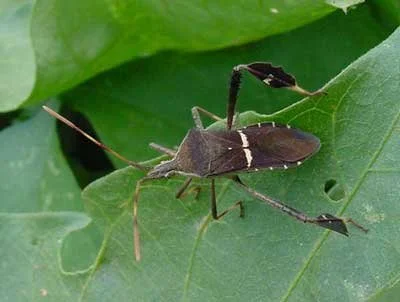Tomato Talk
We all love tomatoes. It’s what makes so many gardeners so excited to plant their spring/ summer gardens. In Houston, it’s best to get those tomato plants in the garden in early Spring (Feb/March) so they can get established and strong before the summer heat arrives.
Some Basics
Plant your tomato transplants in full sun (6+ hours), in rich, well-drained soil, and water right at the soil level to avoid fungal disease. As we move into the hot 3rd quarter of the year, put down a 1-2 inch layer of compost and mix in some Microlife 6-2-4 pellets. The compost helps the soil retain water and the pellets will give the plants some nutrients and nourishment. Make sure to get aged compost from Lowe’s or Home depot or use our favorite, leaf-mold compost. It’s so good for the soil.
Let your tomatoes grow and keep them either staked or trellised so they don’t fall over onto your other plants. This ensures they stay in the sun, avoid crushing your other plants, and avoid fungal disease. If you have a drip line or soaker hose, water every day for at least 25 min. If they’re in a pot, give them a good drink daily or twice daily in the 100 degree heat of summer.
Fertilize every week with Microlife Max Blooms or Medina Hasta Gro Plant. We love both of these liquid fertilizers and they each have instructions for use right on the bottle.
Troubles
Leaf-footed Bugs
Leaf-footed bug. Photo by NC State University.
Tomatoes attract certain pests because they’re so delicious and full of water. Leaf-footed bugs look like great big stink bugs, but aren’t. They like to suck the juice from the fruit which leaves a big hole in the tomato and can cause disease. If you see any of these bugs, pick them off by hand and drop into soapy water. Another good thing to do is to keep a diversity of plants in your garden to attract natural predators.
Tomato Horn Worm
Tobacco hornworms and their adult stage, a hawk moth. Photo by Utah State University.
These are probably the most feared tomato pest. More so than leaf-footed bugs, birds, and squirrels. The horn worm is a large, green caterpillar (can grow up to 4 inches long!) with white diagonal stripes and a horn-like tail (harmless) on its rear. It’s the larva of a hawk moth (also called sphinx moth).
Hornworms eat tomato leaves, stems, and fruit and can strip entire sections of your plant very quickly—sometimes overnight. You may first notice missing leaves or bare stems, then see green droppings on leaves below the feeding area.
You can spot the caterpillars by looking under leaves and along stems. If you see one, pick it off and drop it into soapy water. If you see many, spray them with Bacillus thuringiensis (Bt), a natural bacterial insecticide that targets caterpillars but is safe for other insects. Be sure to spray in the evening when bees aren’t active.
Tomato Blight
Tomato blight damage. Note the yellow and brown spots on the leaves. Photo by Better Homes and Gardens.
This is a fungal disease causing dark spots on leaves, stems, and fruit. Houston’s humidity makes blight common. To prevent it, use resistant varieties if possible and space plants well to improve airflow. Prune lower leaves to avoid contact with soil. Water at soil level, not over the leaves. This is why we love drip lines so much!
If you see blight, remove affected leaves as soon as you see spots and spray with fungicides such as copper-based products (especially after rain). Practice crop rotation next year, don’t plant tomatoes in the same spot year after year. At season’s end, clean up and dispose of plant debris (don’t compost diseased plants).
Tomatoes are easier to care for than you think as long as you keep these few things in mind. Good luck with your crops and have a great summer!
-Lindsey




